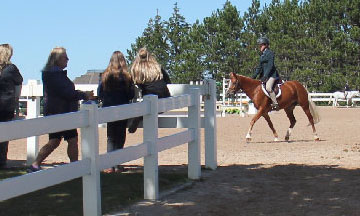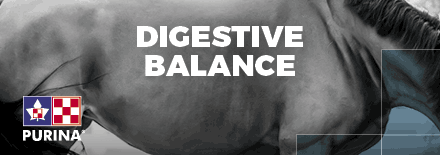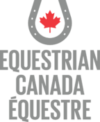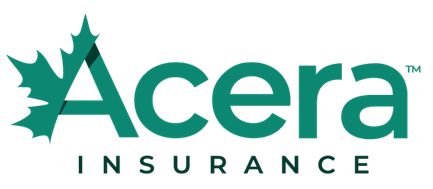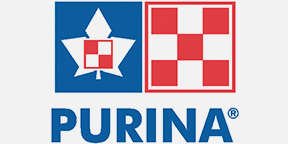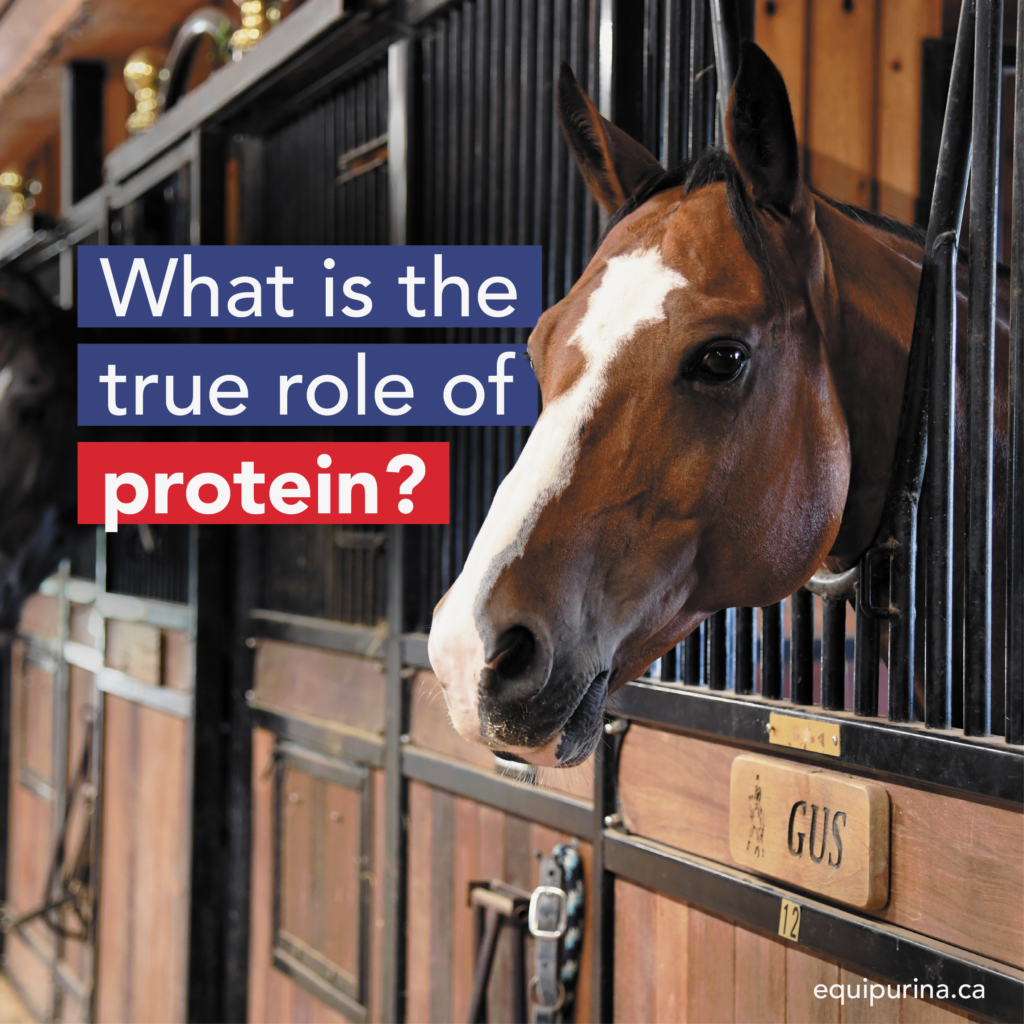
Let’s start by pointing out that protein is essential to life. Indeed, it accounts
for approximately 80% of the overall structure of the horse, not counting water and body fat.
The primary role of protein is to provide the horse with the amino acids necessary for growth
and tissue repair. More precisely, amino acids are the building blocks for the horse’s bones,
muscles and soft tissue. What should interest the horse owner who is concerned about feeding
his animal properly is, therefore, not protein per se, but the amino acids that form the protein.
THE IMPORTANCE OF PROTEIN QUALITY
A protein molecule consists of various combinations of the 22 amino acids that exist in nature.
When an animal ingests protein, the enzymes and acids in its digestive system break up the
chain of amino acids that constitute the protein, and each amino acid is absorbed through the
wall of the small intestine and into the bloodstream, via the liver. From there, the amino acids
travel to the specific sites requiring growth and repair. Among the 22 amino acids that
constitute protein, 10 are called essential in the sense that they cannot be synthesized by the
horse; they must therefore come from the diet to meet the horse’s specific needs.
A good protein source should supply sufficient amounts of the essential amino acids, in
particular the following: lysine, methionine and threonine. Lysine is also the first limiting
essential amino acid, in the sense that if there is not enough of it in the diet, the horse will be
unable to make effective use of the other amino acids available in the diet. The following
protein sources present a good amino acids profile for the horse: dried yeast, soybean meal,
canola meal, whey.
Horse protein requirements are most often expressed as crude protein (CP) or digestible protein
(DP). However, the best way to express it probably remains as the percentage of essential amino
acids that it contains; unfortunately, this method is still not in widespread use. The labels one
finds on feed bags list the percentage of crude protein (CP) in the feed. Many horse people focus
on this number to choose their feed. Yet, as mentioned above, one must keep in mind that this
percentage gives no indication of the protein source, or the quality of the feed’s amino acids
profile. In fact, regardless of the percentage of crude protein shown on the label of your bag of
feed, if the protein source used to make this feed is deficient in essential amino acids, the
horse’s needs cannot be met. A higher purchase price may be a good indicator of the quality of
the protein sources used in a horse feed. Also, the quality of the protein in a feed will have a
visible effect on the horse’s general condition and will be measurable by its athletic
performance, as well as from a reproductive and growth standpoint. On the subject of growth, it
should be pointed out that excess protein in the diet, which was long blamed for the
appearance of orthopedic development diseases in the growing foal, might not necessarily be
the cause. In fact, the most recent research points to excess calories and vitamin and mineral
imbalances in the foal’s diet instead.
WHAT ARE ITS NEEDS?
What is the appropriate protein level for horse? The amount of protein required depends on the
horse’s needs according to its stage of life, and on the quality and digestibility of the available
protein in the diet. While we’re on the subject, dietary proteins should be calculated in grams
provided by the foods in the diet, rather than as a percentage.
In general, growing foals and lactating broodmares have particularly high protein requirements.
Performance horses and mares in late stages of gestation have higher protein requirements
than maintenance horses but, contrary to general belief, they require a relatively low amount of
protein. For this reason, protein deficiencies are fairly rare in adult horses of this type who are
fed adequately.
When the time comes to choose the feed that is best adapted to your horse, opt for a feed
manufacturer reputed for equine nutrition to ensure the quality and effectiveness of the
product. Next, before you even look at the percentage of crude proteins listed on the label, it is
essential that you choose the feed formulated specifically for your horse’s needs. For example, if
it’s a growing foal, the ideal is to choose a feed formulated specifically for the needs of the foal;
if it’s a performance horse, opt for a feed formulated for the performance horse, etc. This way,
you will know that the food is designed for the particular needs of your type of horse, both in
terms of proteins and amino acids, as well as vitamins and minerals. That being said, don’t
forget to take into account the percentage of protein supplied by your hay, since this greatly
influences the horse’s daily protein intake. Hay analysis is the only way to find out the exact
percentage of protein; the result will enable you to adjust the horse’s total feed ration
accordingly.
Finally, remember that protein is a very important nutrient for the horse, but no more and no
less than the other nutrients that the horse requires (calorie sources, vitamins, and minerals).
Relying solely on the percentage of protein shown on the feed bag label is no guarantee of
success if you are seeking a complete and balanced diet for your horse. Don’t hesitate to ask our
equine consultants about the quality of the ingredients and the source of nutrients that go into
making your Purina feeds.
SYMPTOMS OF PROTEIN DEFICIENCIES AND EXCESSES
Deficiencies:
– Decreased growth and development in the foal
– Reduced appetite
– Slow hoof growth
– Dull hair coat, slower shedding of winter coat
– Loss of muscle tone
– Poorer performance
Excesses:
– Weight gain
– Increased water consumption
– Excessive urination
– Strong ammonia smell
– Poorer performance
– Kidney and liver damage (long-term)
– Respiratory problems caused by the ammonia (long-term)
PROTEINS AND ENERGY
While it is a source of potential energy for the horse – along with fiber, starch and fat – protein
is not an efficient source for the horse at this level. Indeed, when the amount of protein in the
diet exceeds the horse’s needs, it will be stored in the form of fat, as are excess starch, fiber and,
of course, fat. However, where protein is concerned, before it can be stored as subcutaneous
fat, the horse must get rid of the ammonia molecules associated with the branched amino acids
that form the protein. The ammonia, eliminated in the urine, may lead to liver and kidney
problems, not to mention the detrimental effects it will have on the horse’s delicate respiratory
system. The horse owner or rider should therefore never choose a higher protein feed if he is
trying to fatten a horse or increase its energy, although this practice is still widespread.
